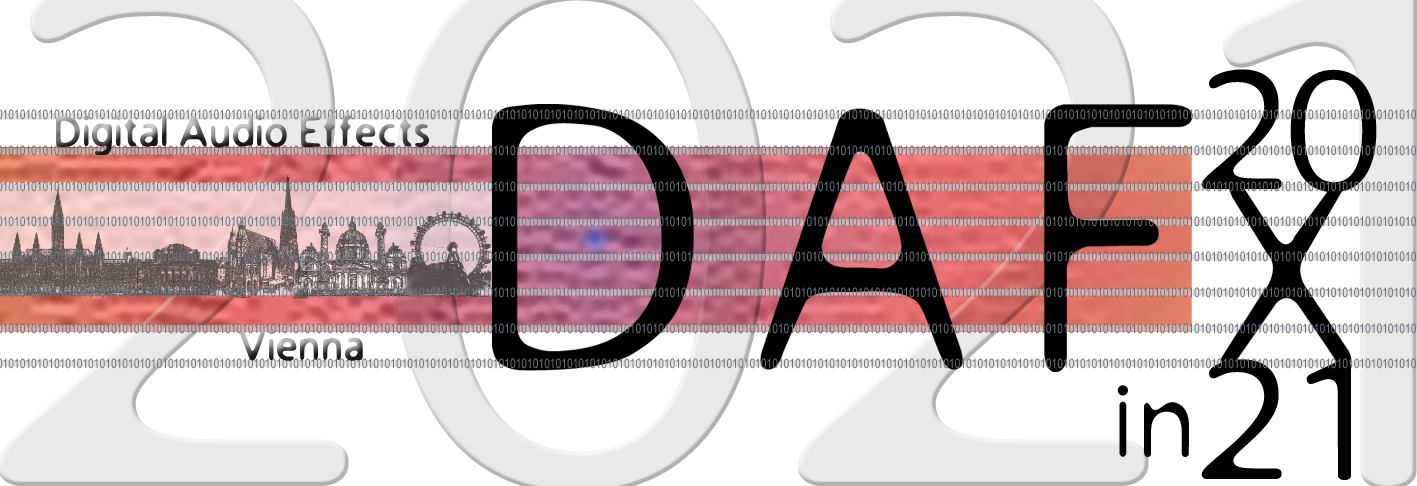

Fade-In Control for Feedback Delay Networks
Nils Meyer-Kahlen, Sebastian J. Schlecht, and Tapio Lokki
Example page for the paper in the The 23rd International Conference on Digital Audio Effects (eDAFx-20)
Vienna, Austria, 8–12 September, 2020
Abstract
In virtual acoustics, it is common to simulate the early part of a Room Impulse Response using approaches from geometrical acoustics and the late part using Feedback Delay Networks (FDNs). In order to transition from the early to the late part, it is useful to slowly fade-in the FDN response. We propose two methods to control the fade-in, one based on double decays and the other based on modal beating. We use modal analysis to explain the two concepts for incorporating this fade-in behaviour entirely within the IIR structure of a multiple input multiple output FDN. We present design equations, which allow for placing the fade-in time at an arbitrary point within its derived limit.
FDN with Fade-In for a Hybrid Simulation
Scroll sideways to find more samples.
Double Decay vs. Modal Beating
FDN Responses for Networks with N = 16 and T60 = 2s
Scroll sideways to find more samples.